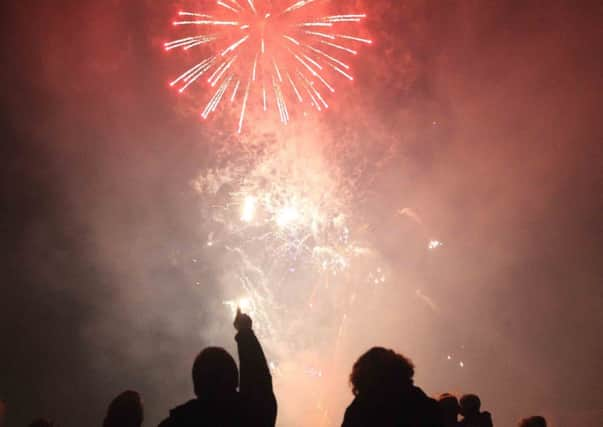Ambulance service safety advice ahead of fireworks night


That’s the message from the region’s ambulance service ahead of a weekend of fireworks displays and bonfires.
Every year, the Ambulance Service is called to patients who have suffered firework or bonfire-related burns or injuries.
Advertisement
Hide AdAdvertisement
Hide AdThe public are being urged to enjoy their evenings with the sound of a bang and not the sound of sirens.
Try and attend a professionally-organised display. However, if you are planning to have you own event, here are the tips:
* Plan your firework display to make it safe and enjoyable
* Keep fireworks in a closed box and use them one at a time
* Read and follow the instructions on each firework, using a torch if necessary
* Keep naked flames, including cigarettes, away from fireworks
* Never return to a firework once it has been lit
* Don’t put fireworks in pockets and never throw them
* Direct any rocket fireworks well away from spectators
Advertisement
Hide AdAdvertisement
Hide Ad* Never use paraffin, petrol or any accelerant on a bonfire to get it going
* Always supervise children when using sparklers
The Trust is also reminding people how to deal with burns should it be needed:
Stop the burning process as soon as possible. This may mean removing the person from the area, dousing flames with water or smothering flames with a blanket. Do not put yourself at risk of getting burnt as well
Remove any clothing or jewellery near the burnt area of skin. However, don’t try to remove anything that is stuck to the burnt skin because this could cause more damage
Advertisement
Hide AdAdvertisement
Hide AdCool the burn with cool or lukewarm waterfor 10 to 30 minutes, ideally within 20 minutes of the injury occurring. Never use ice, iced water or any creams or greasy substances such as butter
Keep yourself or the person warm. Use a blanket or layers of clothing, but avoid putting them on the injured area. Keeping warm will prevent hypothermia, where a person’s body temperature drops below 35ºC (95ºF). This is a risk if you are cooling a large burnt area, particularly in young children and elderly people
Cover the burn with cling film. Put the cling film in a layer over the burn, rather than wrapping it around a limb. A clean clear plastic bag can be used for burns on your hand.
Treat the pain from a burn with paracetamol or ibuprofen. Always check the manufacturer’s instructions when using over-the-counter (OTC) medication. Children under 16 years of age should not be given aspirin.
If you are concerned seek medical advice by calling 111 or in emergencies call 999